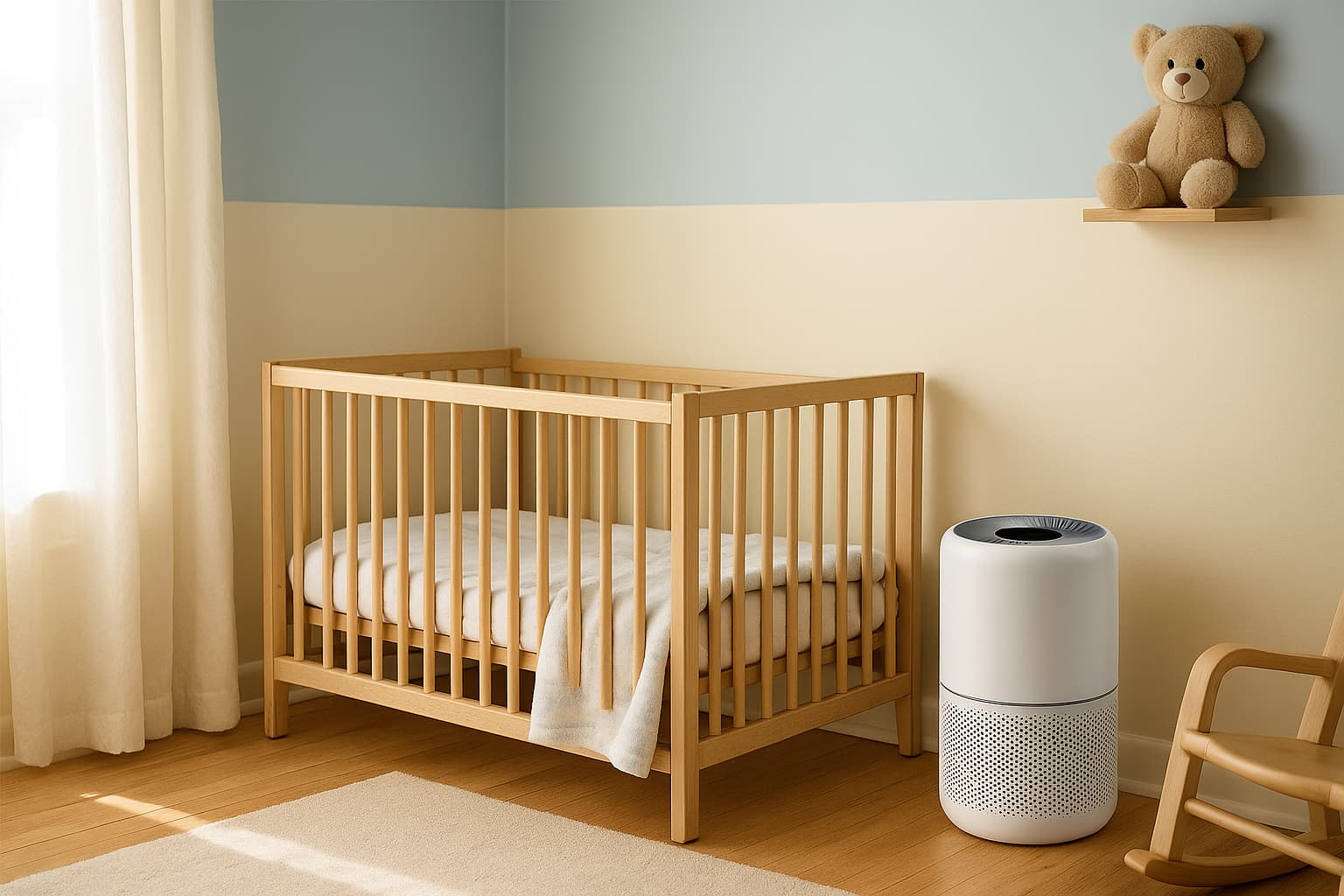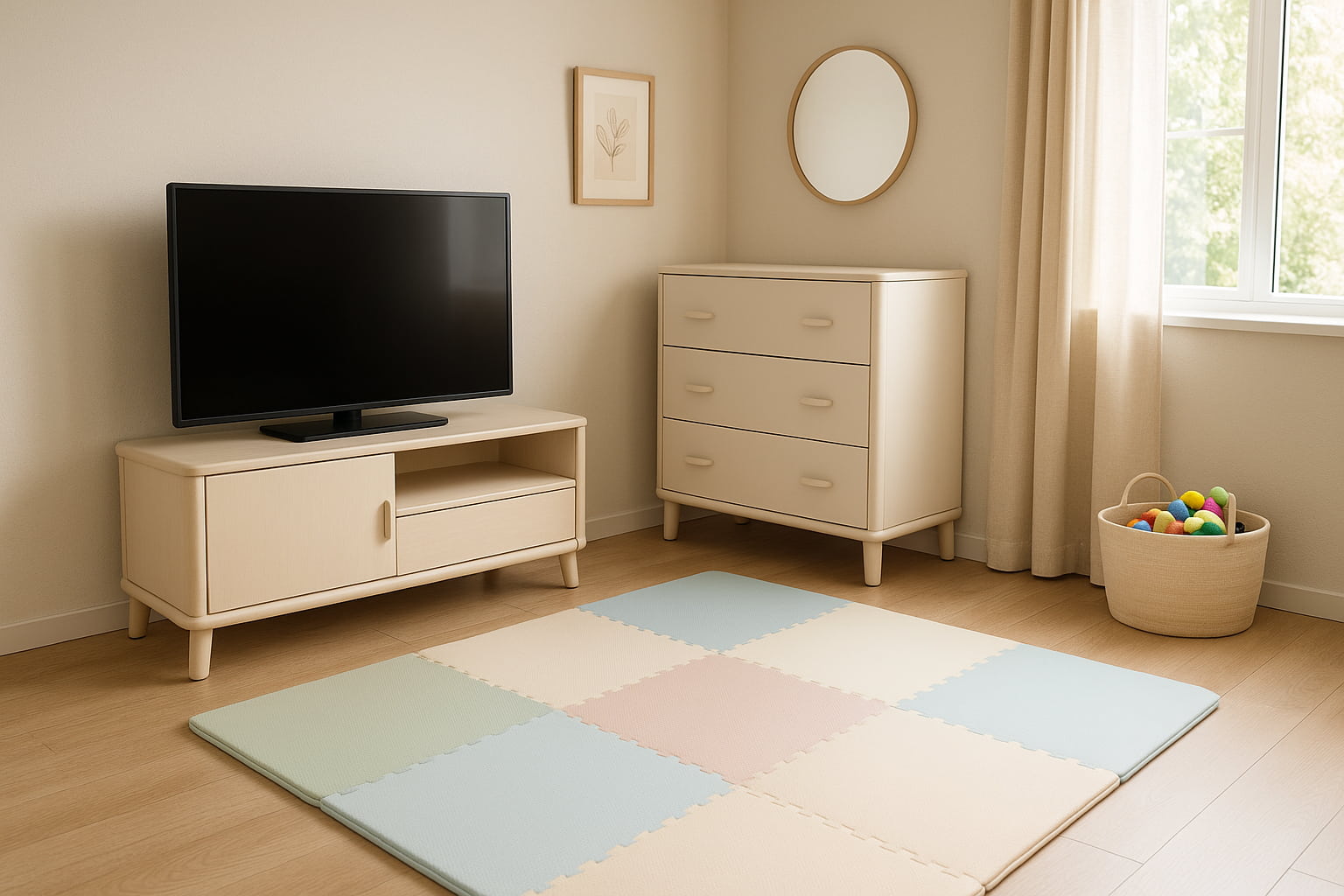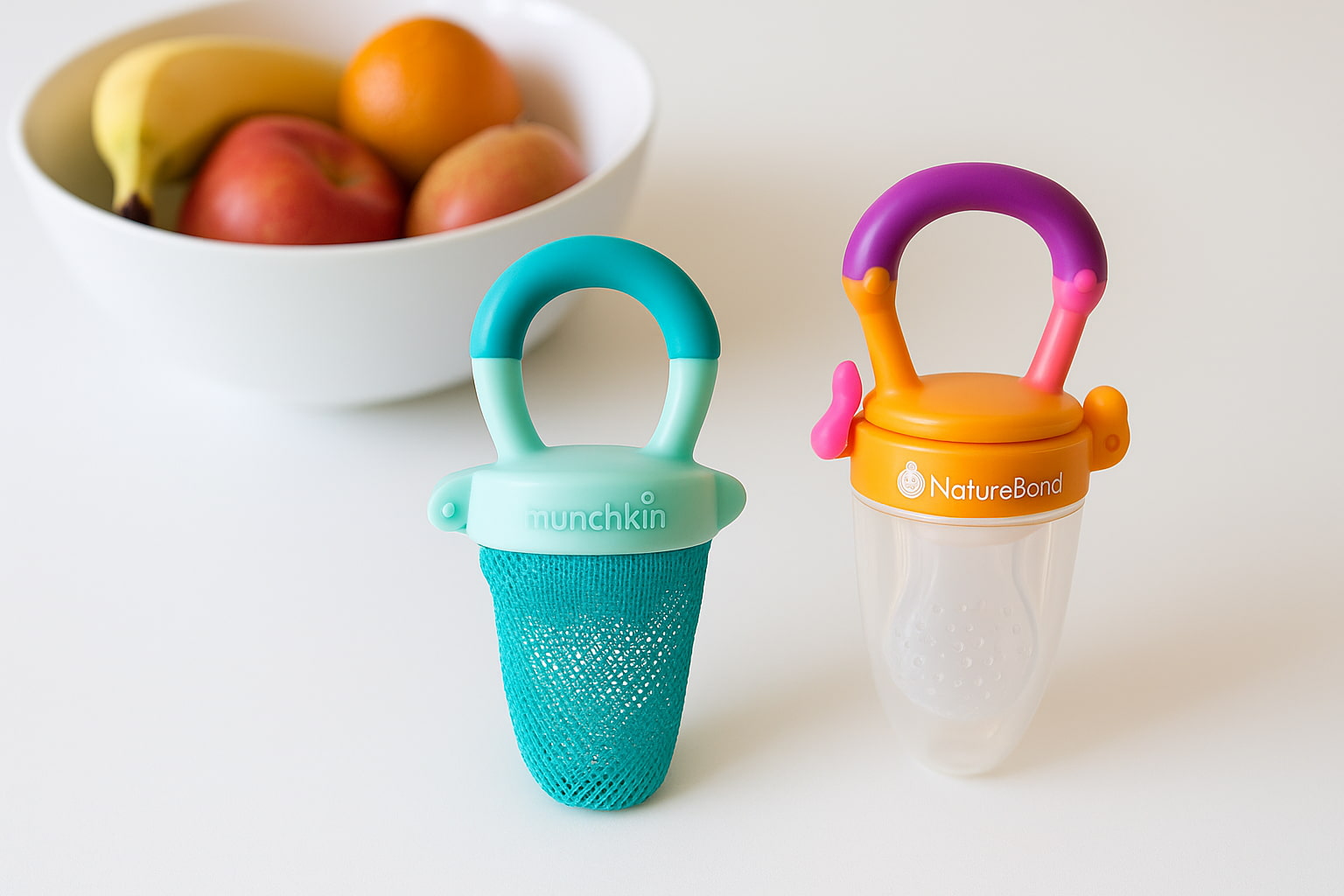If you’ve ever stared at your baby monitor at 2 AM and thought, “Wait… is this thing giving off radiation?” you’re not alone. EMF radiation baby monitors are one of the biggest concerns among new parents, and the internet doesn’t exactly help.
Here’s the good news:
✅ Not all baby monitors are dangerous.
✅ You can reduce EMF exposure safely.
✅ And no, you don’t have to give up monitoring your baby.
But separating fact from fear is tricky. This article dives deep into what EMF radiation from baby monitors actually is, what science says, and how to protect your little one without ditching modern tech.
🧠 First Things First: What Is EMF Radiation?
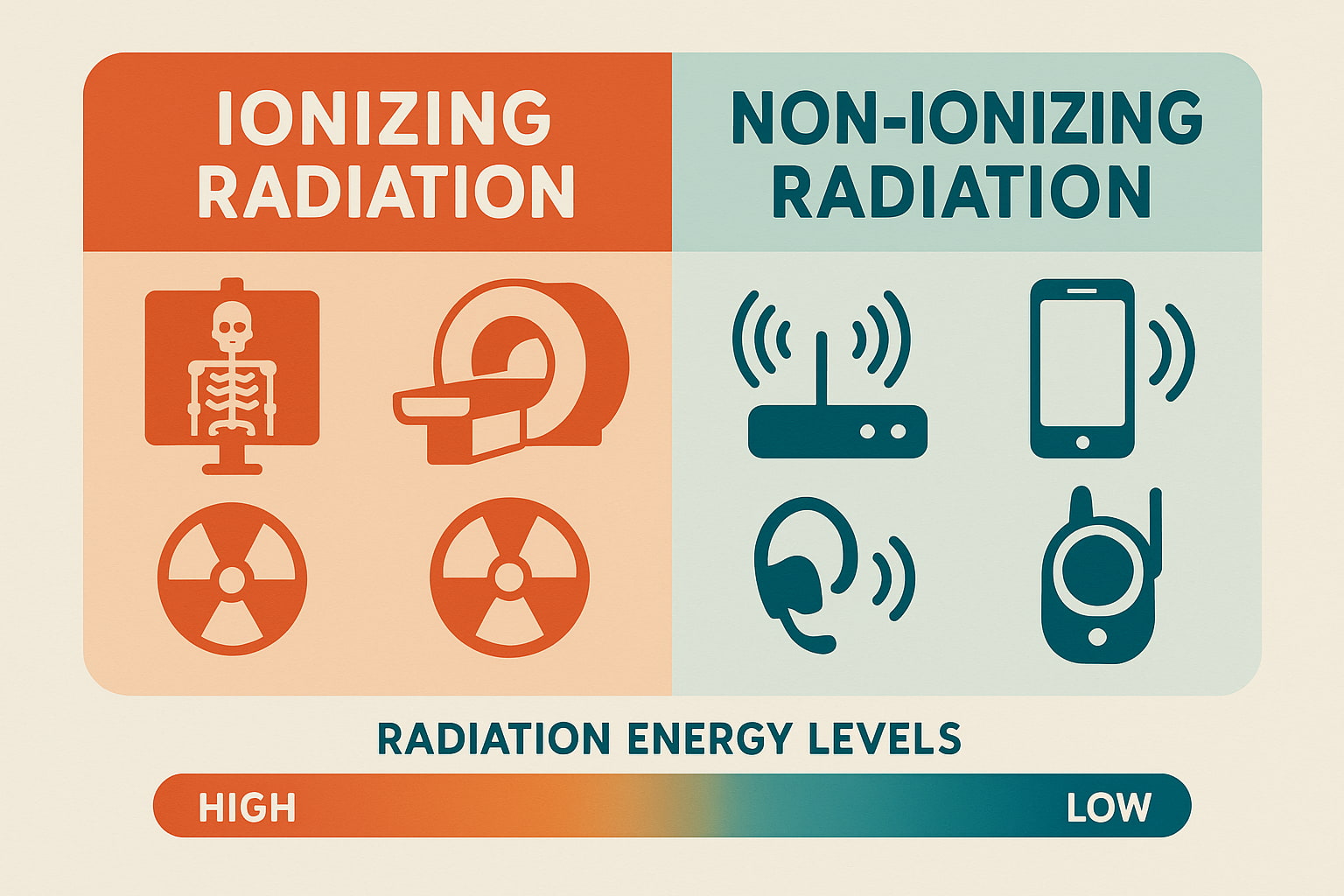
Before we talk about baby monitors specifically, let’s quickly unpack EMF.
There are two types of EMF:
- Ionizing radiation (think X-rays): This type can be harmful in high doses.
- Non-ionizing radiation (like Wi-Fi or Bluetooth): This is what baby monitors emit. It’s low-level and generally considered safe.
📌 According to the World Health Organization (WHO), household electronics give off non-ionizing EMFs.
📡 Do Baby Monitors Emit EMF Radiation?
Yes, but the amount varies by type:
🔌 Wi-Fi & Smart Monitors:
- Use your home’s wireless network to stream video/audio to your phone.
- Emit higher levels of EMF due to constant data transmission.
🎧 Analog & DECT Monitors:
- Work on lower radio frequencies and emit less EMF overall.
- Usually audio-only or limited in video features.
👀 Curious which models emit less? Our full comparison of Wi-Fi vs non-Wi-Fi baby monitors covers all the differences, especially when EMF exposure is a concern.
⚡ What Experts Really Say About EMF Radiation Baby Monitors
Worried about EMF radiation baby monitors? You’re not alone. While these devices do emit EMFs, most are non-ionizing, which means they aren’t strong enough to damage DNA.
Still, it’s smart to limit your baby’s exposure:
✅ Keep the monitor at least 3–6 feet away from the crib
✅ Avoid mounting it directly on the crib
✅ Use eco or VOX mode to reduce constant transmission
✅ Try analog or low-EMF models if you’re extra cautious
💬 “We didn’t ditch our monitor — just moved it farther away. Simple fix!” — A fellow parent
💡 What Science Says (and What It Doesn’t)
Let’s be honest, some websites love to stir up fear. But what does the actual research say?
✅ What We Know:
- No direct link has been proven between non-ionizing EMF from baby monitors and negative health outcomes in babies.
- 👉 EMF levels from baby monitors are very low. 👉 They fall well below the safety limits set by ICNIRP, an internationally recognized guideline.
❗ What’s Still Unclear:
- Long-term exposure to EMF in early development hasn’t been studied in large detail but that’s true of most modern tech.
👉 It explains that most home electronics, including baby monitors, operate within safe limits.
🧠 Did You Know?
According to the National Cancer Institute, there is currently no consistent evidence that low-level EMF radiation, like that emitted by baby monitors, causes harm in humans. Most everyday devices, including your baby monitor, emit EMF at levels considered safe by health organizations.
🔒 How to Reduce EMF Exposure (Without Tossing Your Monitor)
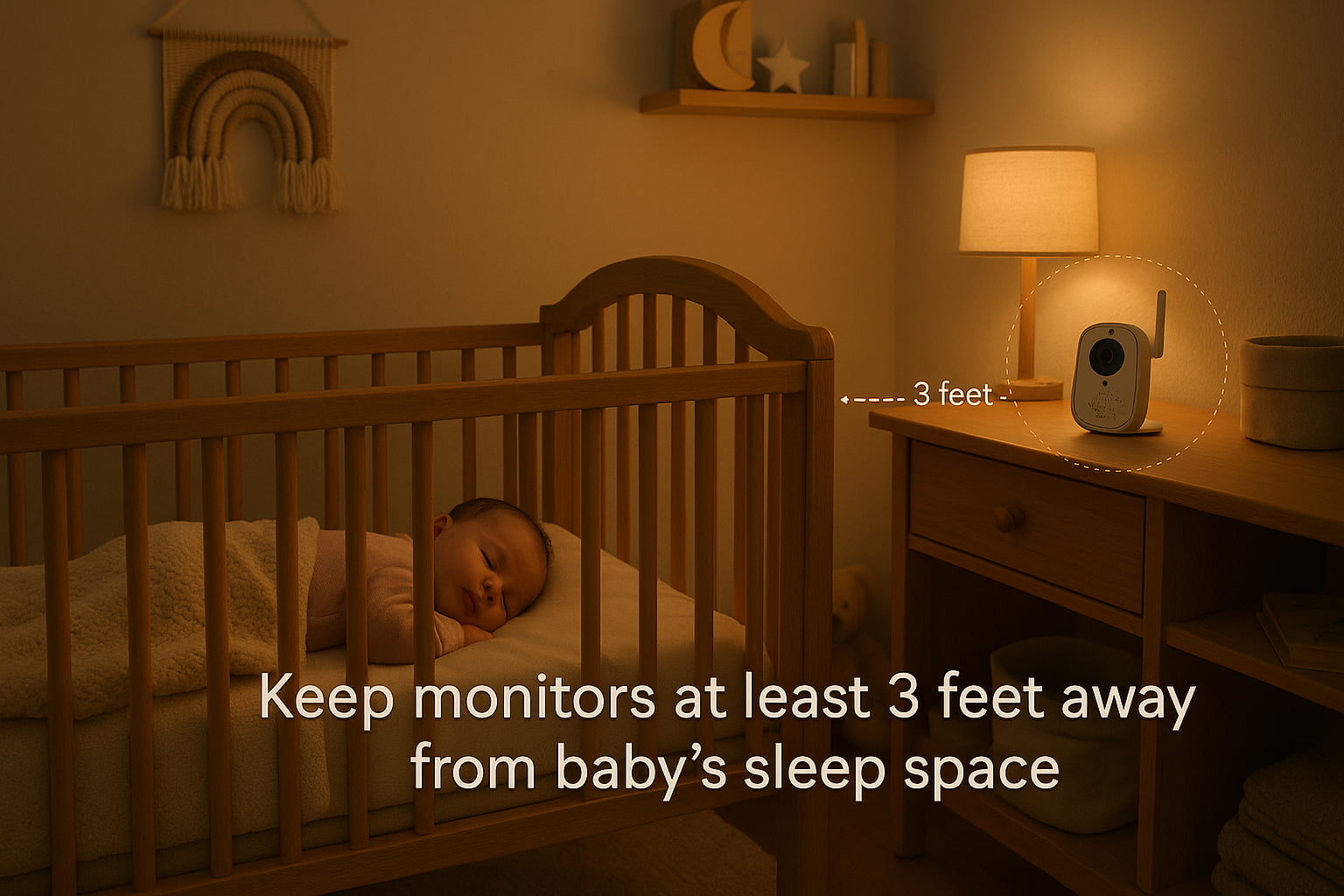
Even if the risk is low, it’s still smart to be cautious. You can do these tasks right now:
✅ 1. Choose a Low-EMF Baby Monitor
Look for non-Wi-Fi models using FHSS or DECT technology. These are broadcast in short bursts instead of con
📏 2. Keep the Monitor at a Safe Distance
Keep it away from the baby’s head and off the crib. Recommended distance: at least 3 feet away from your baby’s sleep space.
If you’re unsure where to place it, this guide on safe baby monitor placement will walk you through setup tips and safety zones.
🔌 3. Unplug When Not in Use
If baby’s napping in your arms or you’re right there, turn off the monitor. Less use = less EMF exposure.
🔍 Common Myths Around EMF and Baby Monitors
Let’s bust a few common myths that still float around parenting forums:
❌ “All baby monitors are harmful.” Most are very safe when used properly, especially with proper placement.
❌ “Only analog monitors are safe.” While analogs emit very low EMF, modern digital monitors with FHSS tech are just as safe and offer better clarity.
❌ “EMF causes cancer in babies.” There is no scientific evidence supporting this claim in relation to household baby monitors.
🧩 Still Unsure Which Monitor Is Right for You?
If you’re in research mode, here’s a tip: focus on your comfort level with tech, your home layout, and how often you’ll actually use the monitor.
If Wi-Fi features freak you out, go analog or DECT. If you want sleep tracking and phone access, make sure to secure your network and pick a monitor with encryption.
We break this down fully in our guide: Smart vs Traditional Baby Monitors.
📈 Final Thoughts: Fact Over Fear
The bottom line? Yes, baby monitors give off EMF, but not all EMF is bad. The key is understanding the tech, choosing models that fit your comfort zone, and following safe setup practices.
You don’t have to be afraid of your monitor. A little awareness goes a long way and you can protect your baby and sleep easier.
🧭 Related Articles You Might Find Helpful:
✅ Disclaimer
The information in this article is for general educational purposes and not a substitute for professional medical or childproofing advice. Always follow product manufacturer instructions and consult with a healthcare provider if you have specific health concerns.
✍️ Author Byline
By Find For Baby, we’re a team of safety-focused parents and tech testers dedicated to helping families find smart, safe gear for their little ones.


